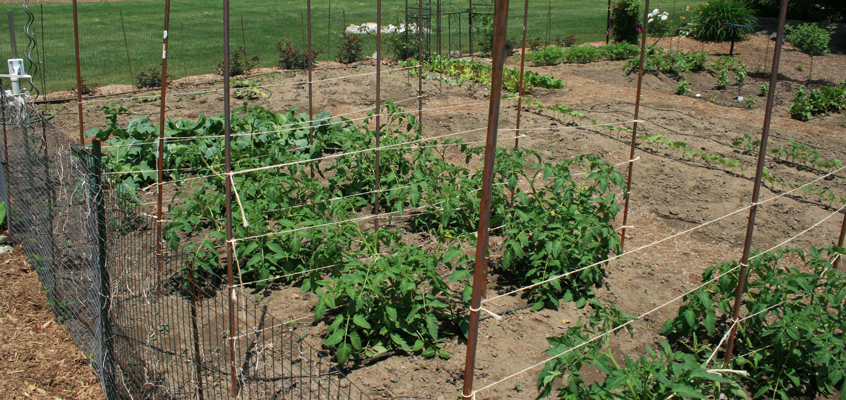Gardening evolves with knowledge and experience. I have been formally planning my vegetable garden layout on paper for several years now and each year I think I get a little bit better. In addition to learning about plant families, I have come to realize how you effectively rotate your crops depends upon what exactly you grow. Do you grow three times as many tomatoes as beans? Does something as space heavy as potatoes throw a wrench into your planning? All of these needs have to be worked out together, with a bit of give and take depending upon your particular garden.
So yes crop rotation is critical to a healthy vegetable garden. Different plants require different nutrients and different plants return different nutrients to the soil. In addition, not planting the same crop in the same soil twice is important to pest and disease control.
While the concepts are not challenging, actually sitting down and planning out your rotation schedule can be a bit confusing. My main problem with planning out my rotation has been that we grow a disproportionate share of some plant families. For example I grow very few vegetables in the Brassica family (broccoli, cauliflower) compared to Legumes (beans and peas) or Nightshades (tomatoes, peppers, potatoes). That means I cannot really rotate by dividing my garden into even sections as suggested by many crop rotation guides. In addition, we seem to add vegetables to our list each year and seem to be adding to the size of our vegetable garden each year. This adds another complexity to our annual vegetable garden plan.
So with experience I have been ‘adjusting’ my crop rotation schedule to suit our own particular vegetable profile. I am still following important crop rotation guidelines, I am just adjusting them to our own particular needs. Here are some of the crop rotation principals I followed in designing our vegetable garden this year:
- Do not plant any vegetable plant family in the same spot for at least three years.
- Plant like with like. Since I have an uneven proportion of some plant families, I have combined them into groups with similar needs.
- Greens: kholrabi, spinach, chard, basil and lettuce
- Solanace: potatoes, peppers, tomatoes
- Legumes: peas, beans
- Squash: cucumbers, zucchini
- Umbellifiers & root: carrots, parsnips, beets
- Onion: onions, garlic
- Understand and use the vegetable nutrient relationship. Some vegetables are feeders, some are light feeders and some add nutrients, particularly nitrogen, back into the soil. When planning your crop rotation, plant nutrient builders the year before heavy feeders. Think heavy – light – feeder when planning your garden. My vegetable groupings above fit in nicely with this concept:
- Greens: heavy except for basil
- Solanace: potatoes are light, tomatoes & peppers are heavy
- Legumes: feeders (nitrogen fixers)
- Squash: heavy
- Umbellifiers & root: light
- Onion: light
- Salad greens can usually grow anywhere as long as you don’t repeatedly place them in the same soil. This means you can rotate within your garden in a season in order to get maximum use of your garden space.
- Keep written records (you’re reading mine!). Make notes of any last minute changes you made when planting.
